Curious Questions: Do bees really need to be kept in artificial hives?
Beekeepers have kept their bees in filing cabinet-style hives for ya that we've long since ceased to question whether they actually need them. Yet why would such a simple, natural creature need such an obviously man-made home? Vicky Liddell speaks to one man who has found an alternative.
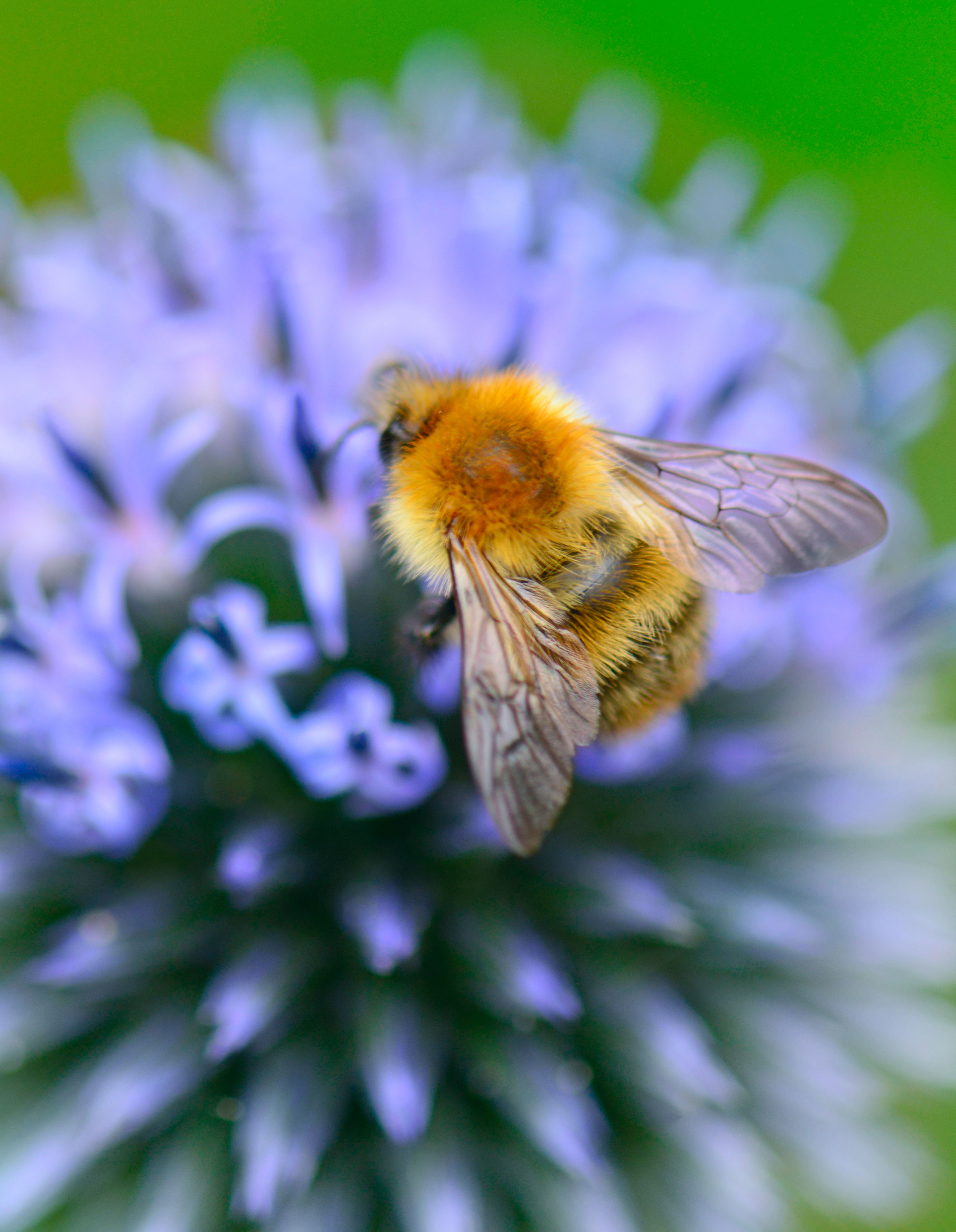

It’s midsummer in the village of Tangley, Hampshire, and the warm air is thrumming with the sound of busy bees. It’s music to the ears of Matt Somerville, a beekeeper and natural log hive builder who’s been quietly amassing a community of the wild insects for the past few years. Known locally as ‘the bee whisperer’ thanks to his propensity for collecting swarms unveiled and ungloved, he prefers to be thought of as a rewilder of the honey bee.
‘I still get stung,’ he explains, ‘but bare hands allow for a more delicate, sensitive approach with less stress for the bees.’
This type of natural beekeeping is gaining followers largely due to its simplicity. ‘There’s no expensive equipment to buy or complicated rules to follow,’ Mr Somerville enthuses, adding that once he's turned a natural log into a hive and put it in place 'the bees usually find it within days' and start building a comb.
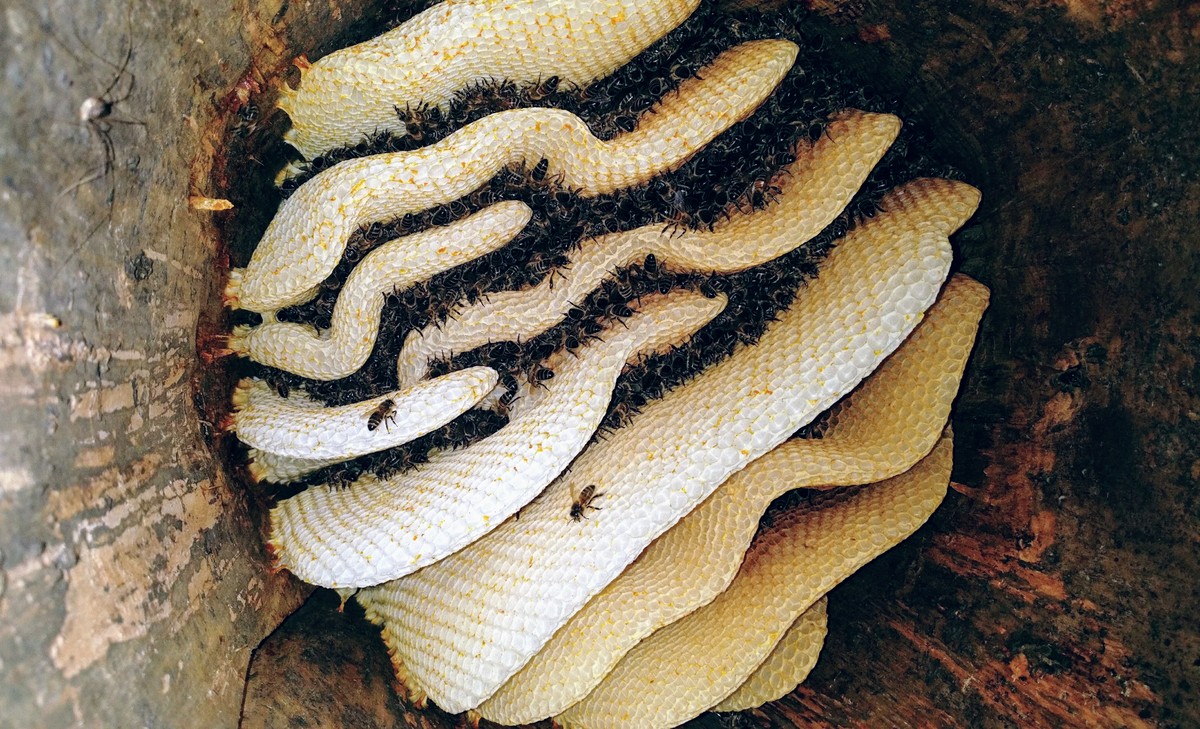
Hives are inspected only twice a year, there’s no chemical intervention and any surplus honey may be harvested in the autumn. This approach also encourages strong, healthy colonies that are much better at resisting varroa and other viruses.
‘It’s more about conservation and less about honey harvesting,’ explains Mr Somerville, whose ‘bee-piphany’ came six years ago, when he was visiting a cider-apple orchard in Devon, which he planted 25 years ago. ‘The sound of bees usually signals a good harvest, but that time, it was eerily quiet,’ he recalls.
Knowing that bees were seriously suffering as a result of pesticides, reduced foraging and new diseases, he decided to take positive action and attended a course on beekeeping. After acquiring some bees of his own, he noticed that they went straight into a tree: ‘Bees have always had a natural relationship with trees because they offer them protection, insulation and food all in one place. The filing cabinet-style hive that conventional beekeepers use only appeared in the mid 19th century and we’ve been making beekeeping more complicated ever since.’
Using his skills as a cabinetmaker, Mr Somerville set about designing log hives that could be placed in a tree about 12ft–15ft from the ground, a method that has been successfully used in Poland and in the Cévennes National Park in southern France. The first one was occupied in less than two weeks and, each time he built a new one, the pattern was repeated.
Sign up for the Country Life Newsletter
Exquisite houses, the beauty of Nature, and how to get the most from your life, straight to your inbox.
‘The hives are placed about half a mile apart, exactly as the bees would choose themselves,’ he explains. ‘Like us, they favour well-insulated, south-west-facing homes with good access to food.’
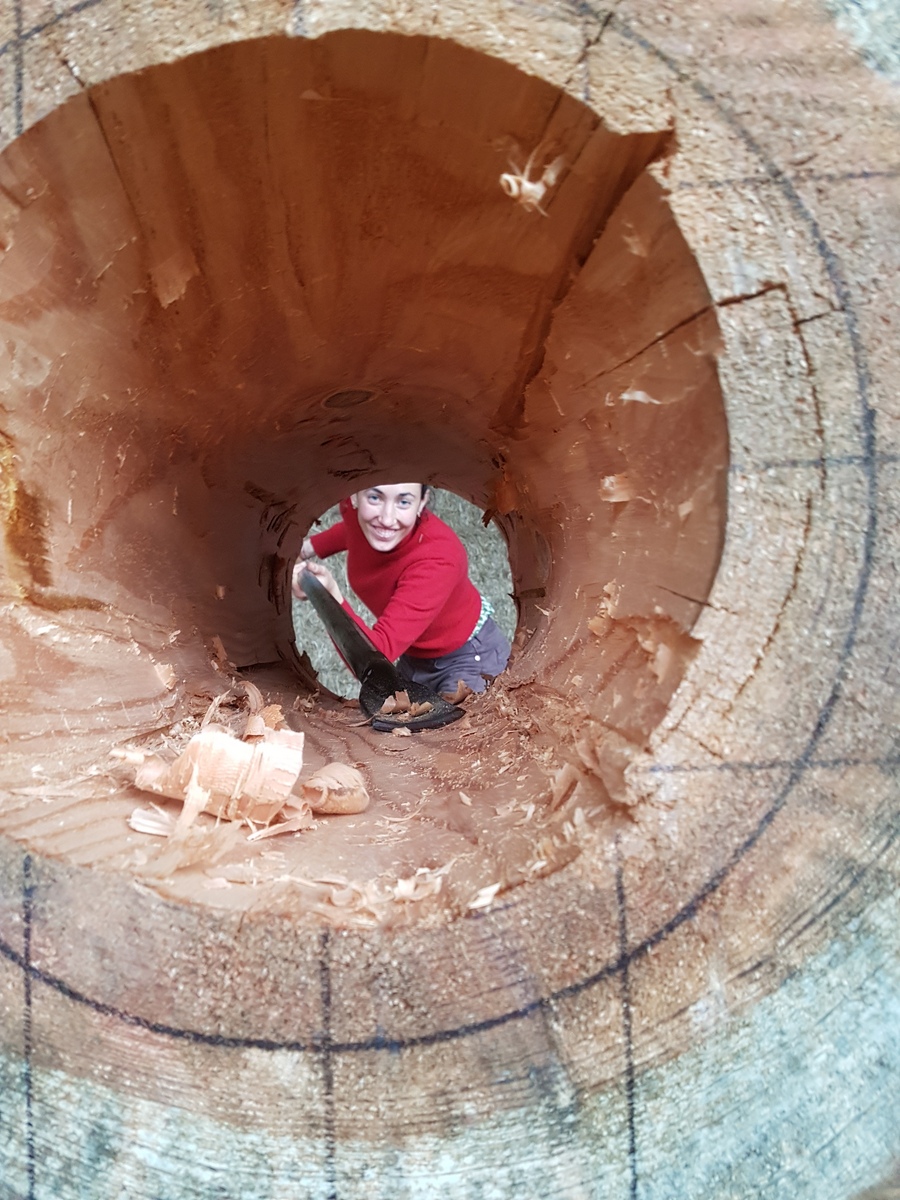
The log hives have proved popular with farmers seeking to increase biodiversity, but his bestseller is the Freedom Hive, constructed from western red cedar, insulated with compressed shavings and weighing only 37lb. This 12-sided cylinder hive can be hoisted easily into trees, but also looks very decorative in a garden on a tripod with a thatched top or hackle.
So far, there are 15 ‘beekind’ hives dotted through the village and 40 others are sited around the country. Some are hidden deep in the middle of woods, others are in orchards and gardens.
As we wander down lanes lined with towering hogweed, Mr Somerville tells me something about the magic of bees: the mysterious ‘congregation areas’ where drones meet to mate with a virgin queen, the strict hierarchy within the hive and the way a swarm can blacken a sky.
Each hive we visit is loud with vigorous activity. Clouds of wings and stings settle all over him, but there’s no aggression. ‘If one is going to sting, a guard bee will buzz in my ear as a sign,’ my guide reassures me.
At one hive, housed in a straw skep beneath a blackberry bush, he grips a noisy, big-eyed drone between his fingers. I learn that, inside the hive, every individual insect has a job. There are nursery bees, cleaner bees, pollen unloaders and even undertaker bees.
At the entrance, guards check that incomers have the right scent and keep out opportunistic wasps. Younger bees are tasked with fanning the air to speed up the evaporation of water from the nectar, an action signified by a soporific hum at dusk.
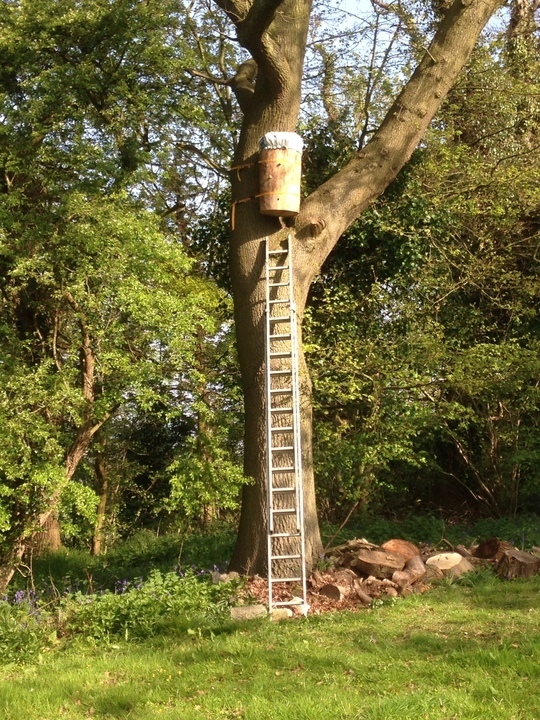
On a calm, dry afternoon in May, which is perfectly synchronised with the nectar flow of the surrounding flowers, the insects get ready to swarm. Conventional beekeepers do their best to prevent this by importing new queens, but, for a natural beekeeper, it’s a time of intense activity. Bait hives with lemongrass oil at the entrance are set up in an effort to tempt a swarm and groups of 200 or so scout bees can be seen investigating potential new homes.
These scouts will measure the volume and dimensions and, if everything meets with approval from the rest of the colony, a huge swarm of as many as 20,000 bees will arrive, led by their queen.
The bee population of Tangley will increase again and Mr Somerville is planning on colonising north Hampshire next.
‘Natural beekeeping gives you time to stand back and learn,’ he reflects. ‘Watching the bees coming and going with different types of pollen is mesmerising – the honey is a gift.’
Let it bee: Top tips for beekeeping
- If you think that beekeeping might be for you, attend a course, join a local bee group and, most importantly, check with your neighbours.
- When sourcing your colony, local bees are best as they are already adapted to the environment. Don’t be tempted by exotic imported queens.
- Don’t use chemicals to treat diseases in the insects.
- Honey is taken during the autumn, but make sure the hive has enough for winter – it’s a question of quality over quantity.
- Allow your bees to build their own combs, which contain a variety of cell sizes to control the hive population.
- Swarming is a natural way of creating genetic diversity and should not be discouraged. Natural selection will weed out unfit colonies and help break the varroa cycle.
- Hives only need to be opened twice a year to check on the inhabitants. This avoids heat loss and unnecessary stress for the bees.
Find out more about alternative beekeeping via the Natural Beekeeping Trust website at www.naturalbeekeepingtrust.org. To find out about buying or building a natural hive, see www.beekindhives.uk.
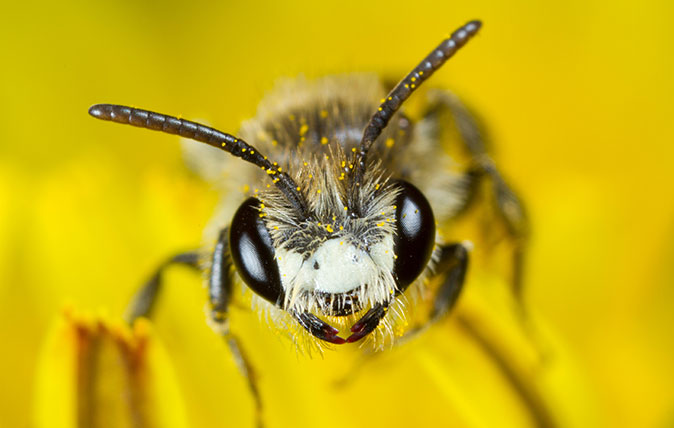
Credit: Alamy
Curious Questions: Are bees really busy?
We've all used the phrase 'busy as a bee' – but is it justified? Or are bees just as liable
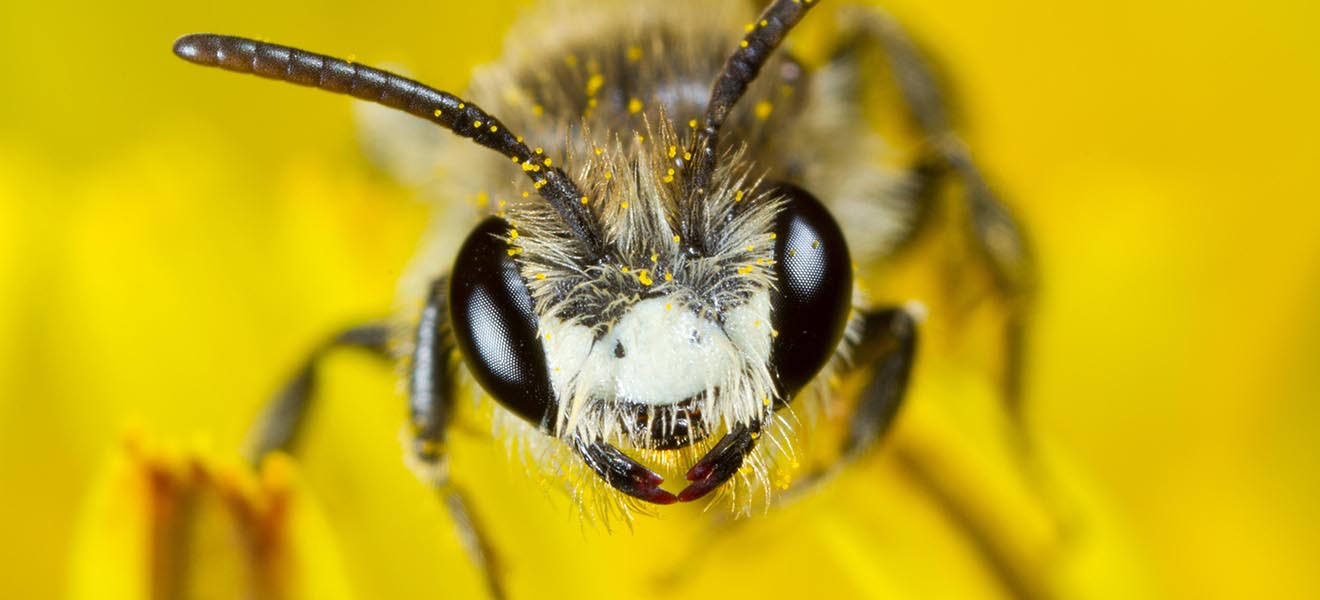
How to attract bees to your garden
Dave Goulson, Professor of Biological Sciences at the University of Sussex and founder of the Bumblebee Conservation Trust, explains how
Country Life is unlike any other magazine: the only glossy weekly on the newsstand and the only magazine that has been guest-edited by HRH The King not once, but twice. It is a celebration of modern rural life and all its diverse joys and pleasures — that was first published in Queen Victoria's Diamond Jubilee year. Our eclectic mixture of witty and informative content — from the most up-to-date property news and commentary and a coveted glimpse inside some of the UK's best houses and gardens, to gardening, the arts and interior design, written by experts in their field — still cannot be found in print or online, anywhere else.
-
 Two quick and easy seasonal asparagus recipes to try this Easter Weekend
Two quick and easy seasonal asparagus recipes to try this Easter WeekendAsparagus has royal roots — it was once a favourite of Madame de Pompadour.
By Melanie Johnson
-
 Sip tea and laugh at your neighbours in this seaside Norfolk home with a watchtower
Sip tea and laugh at your neighbours in this seaside Norfolk home with a watchtowerOn Cliff Hill in Gorleston, one home is taller than all the others. It could be yours.
By James Fisher